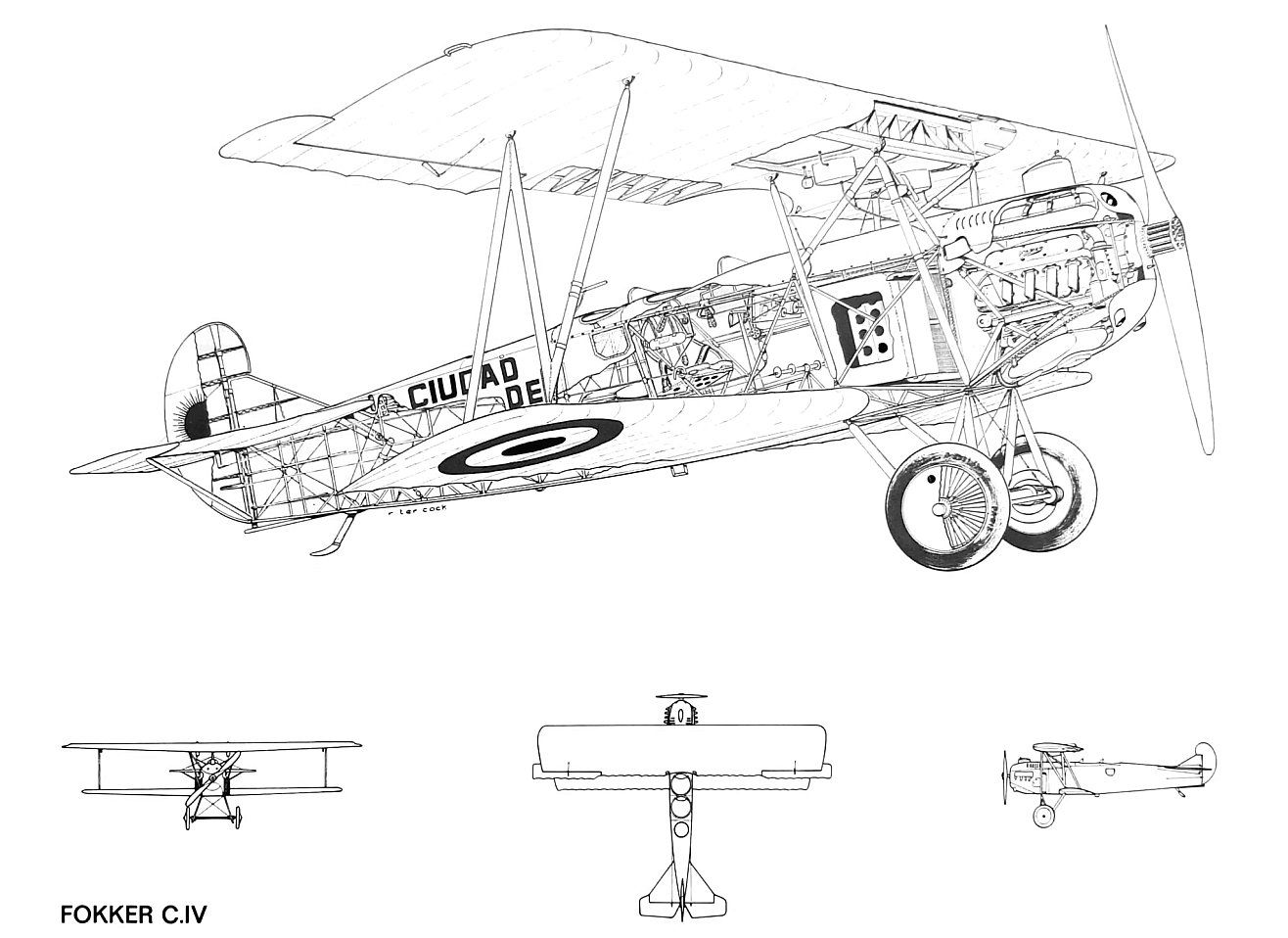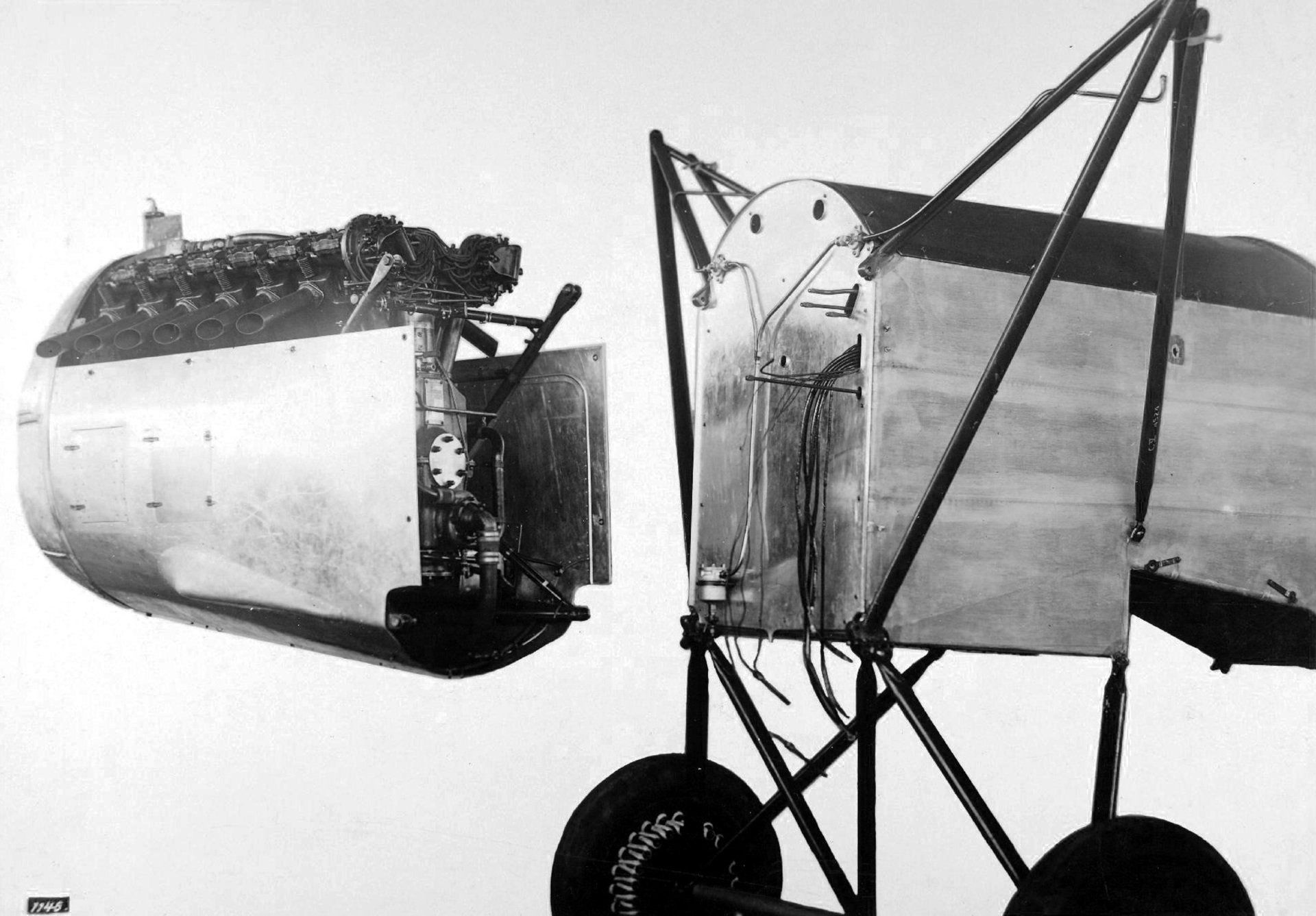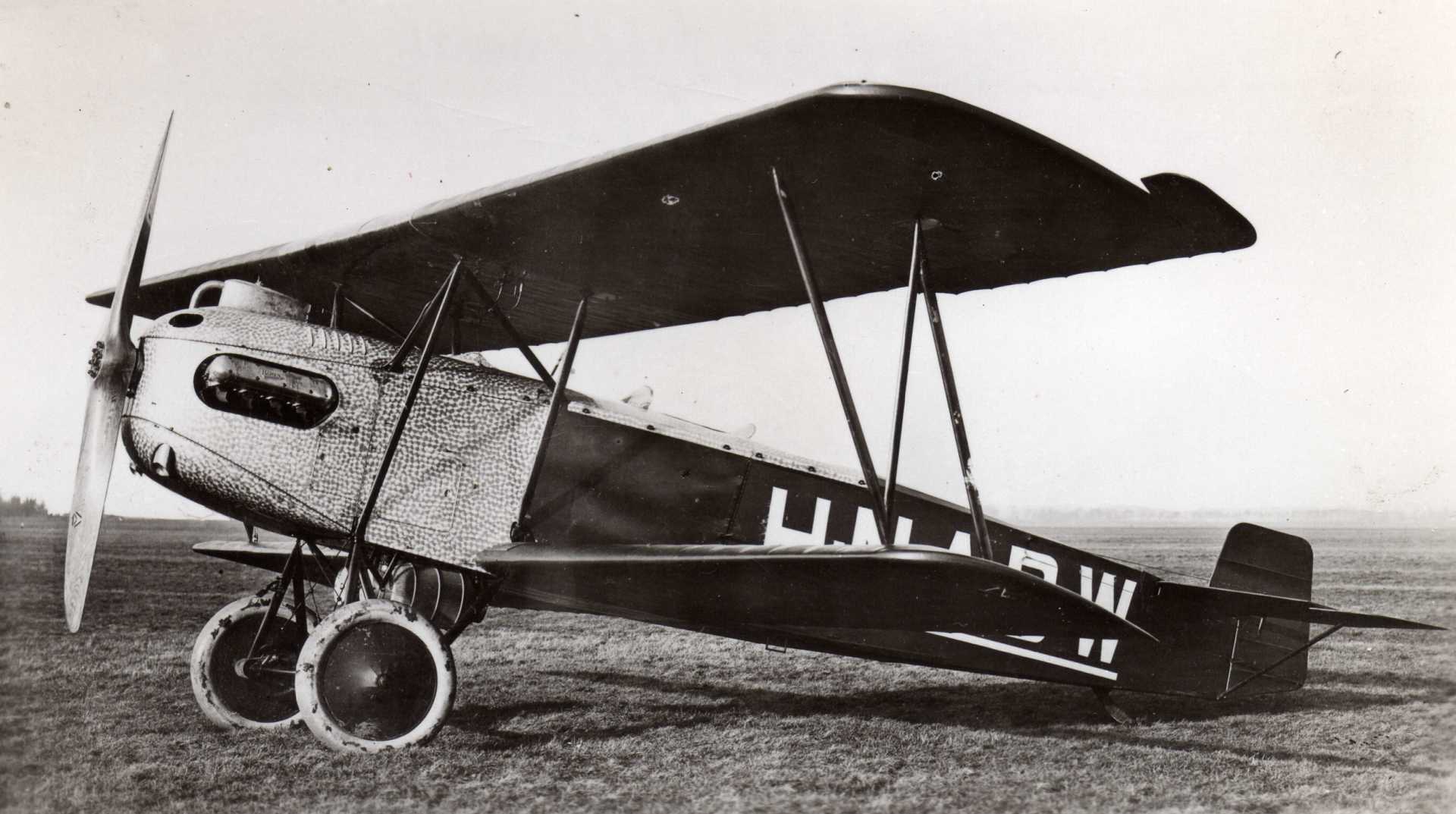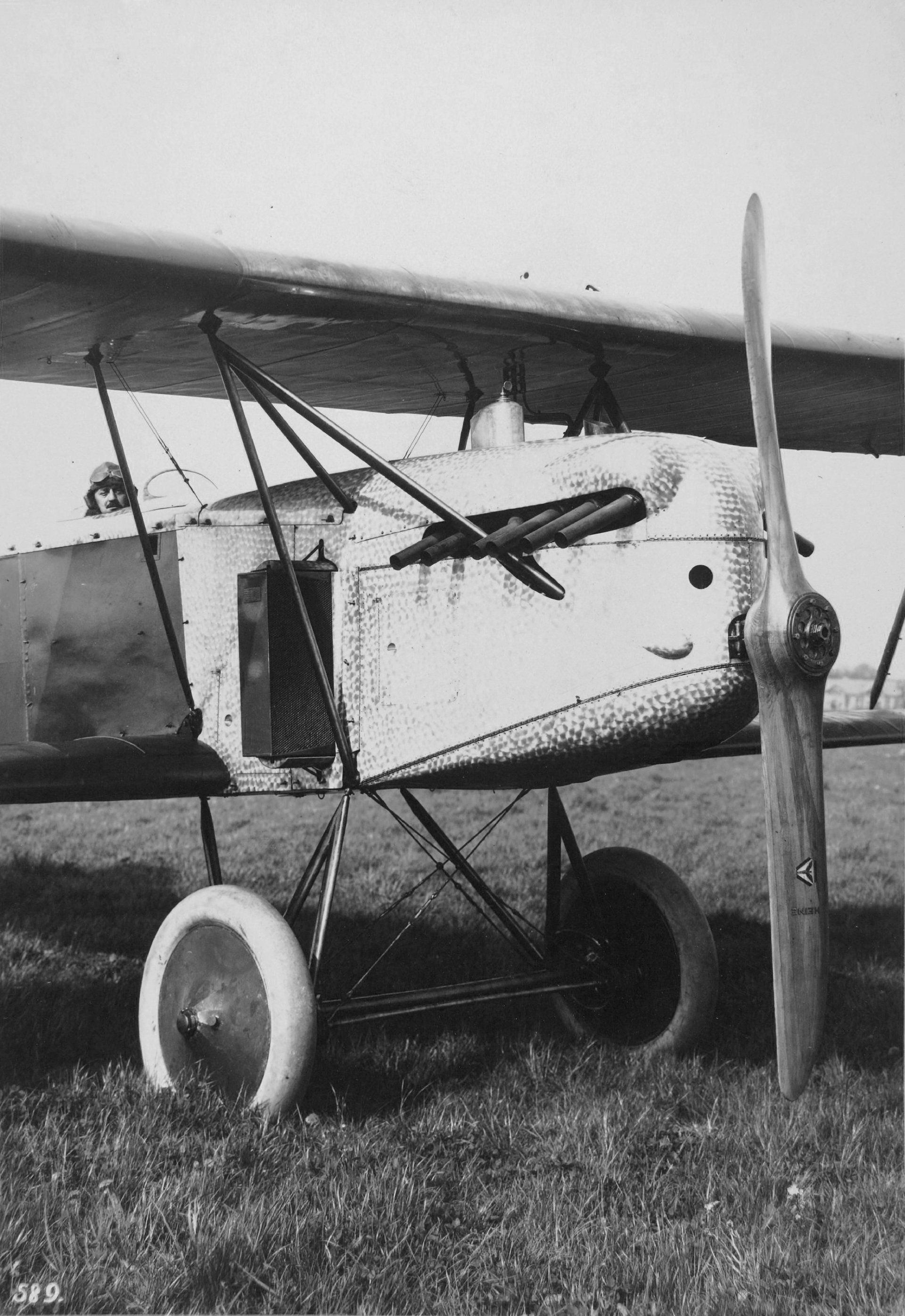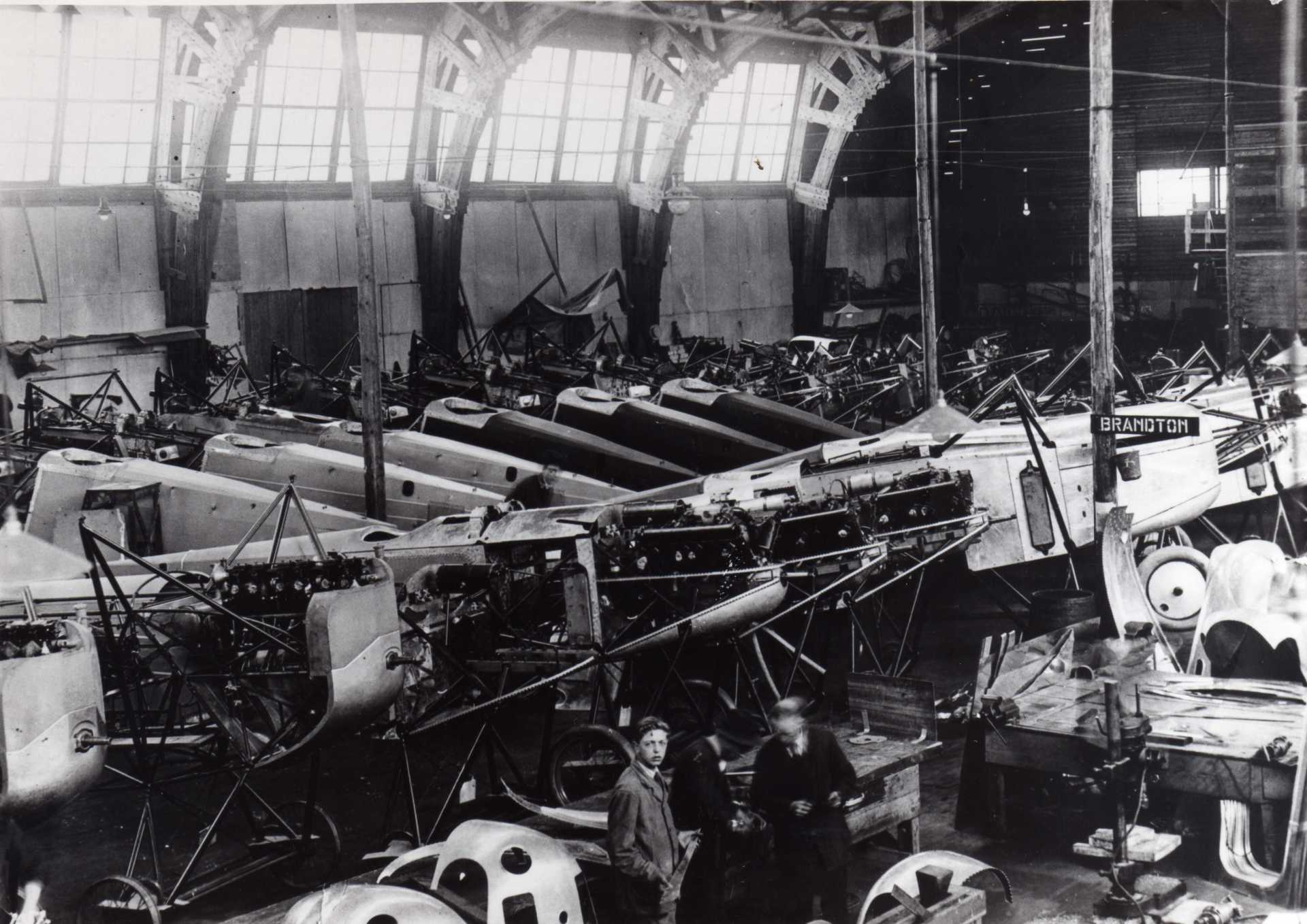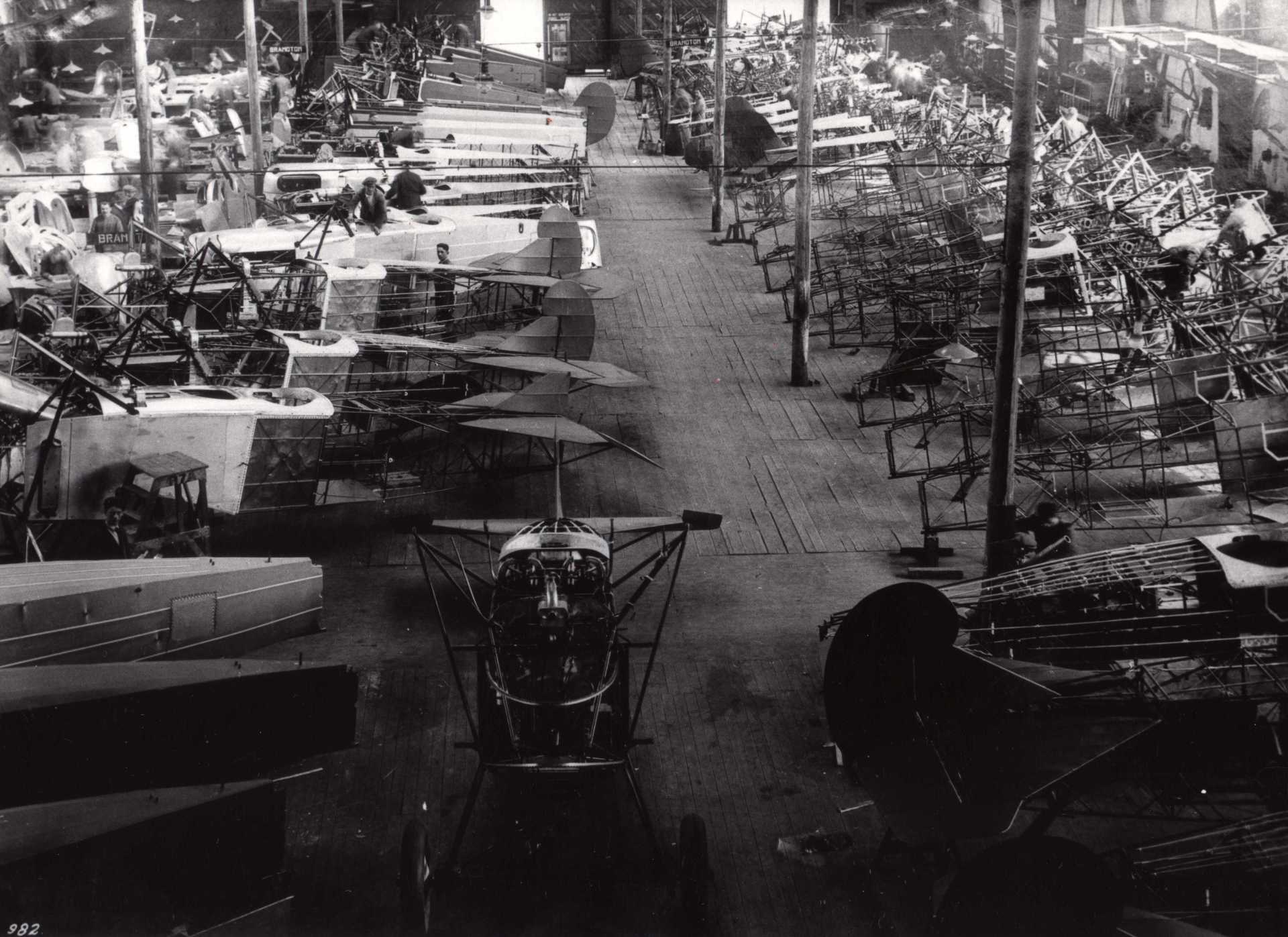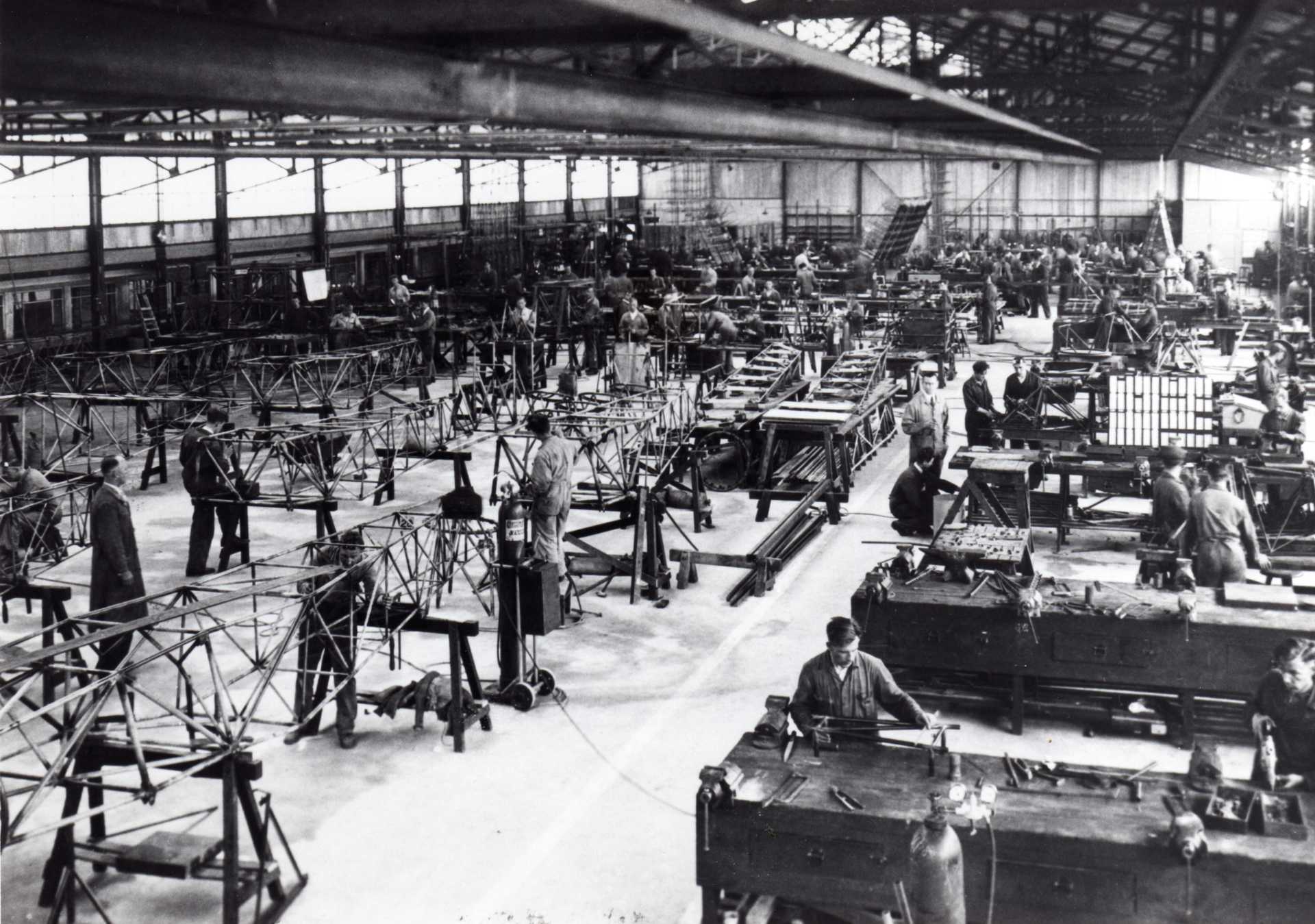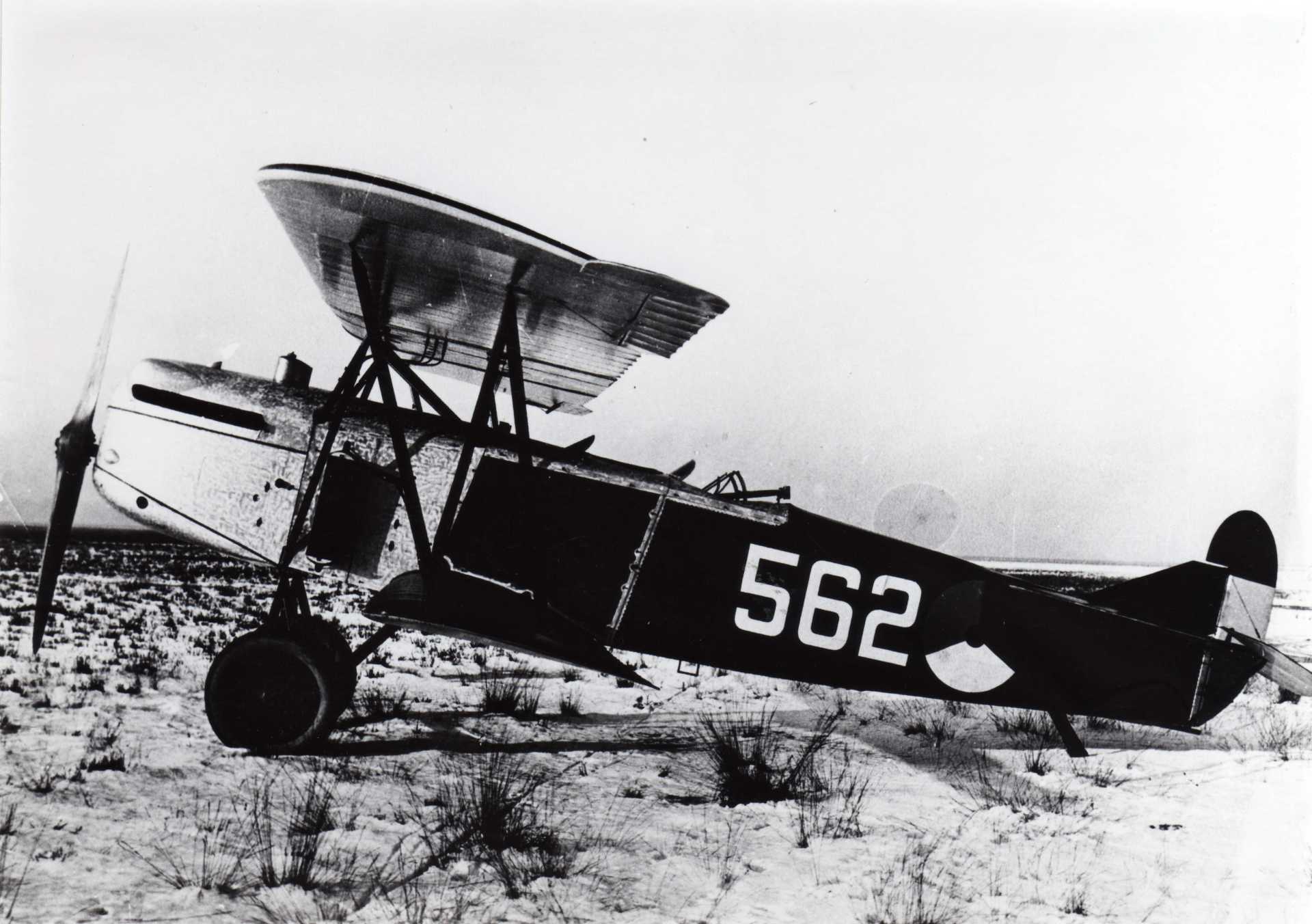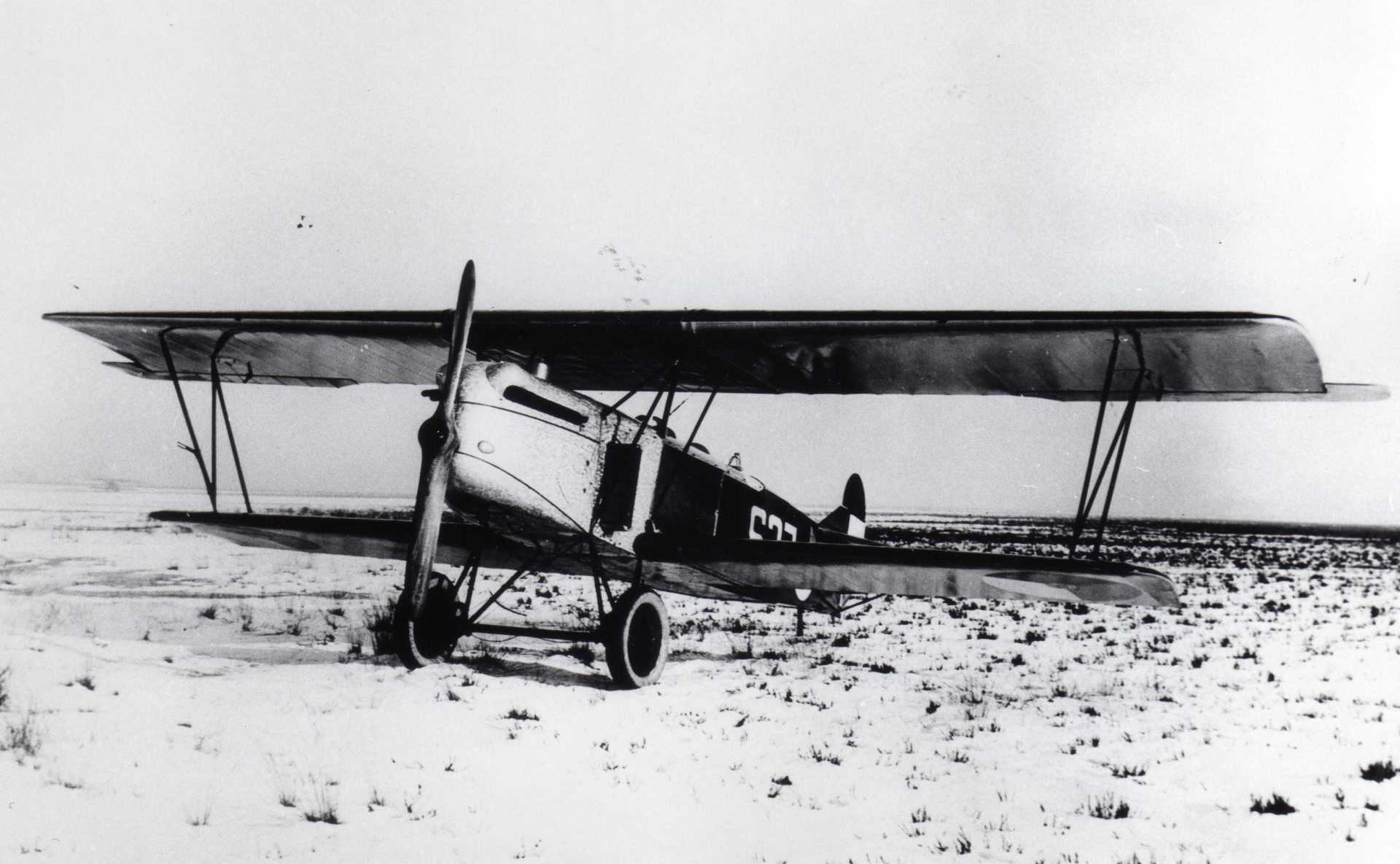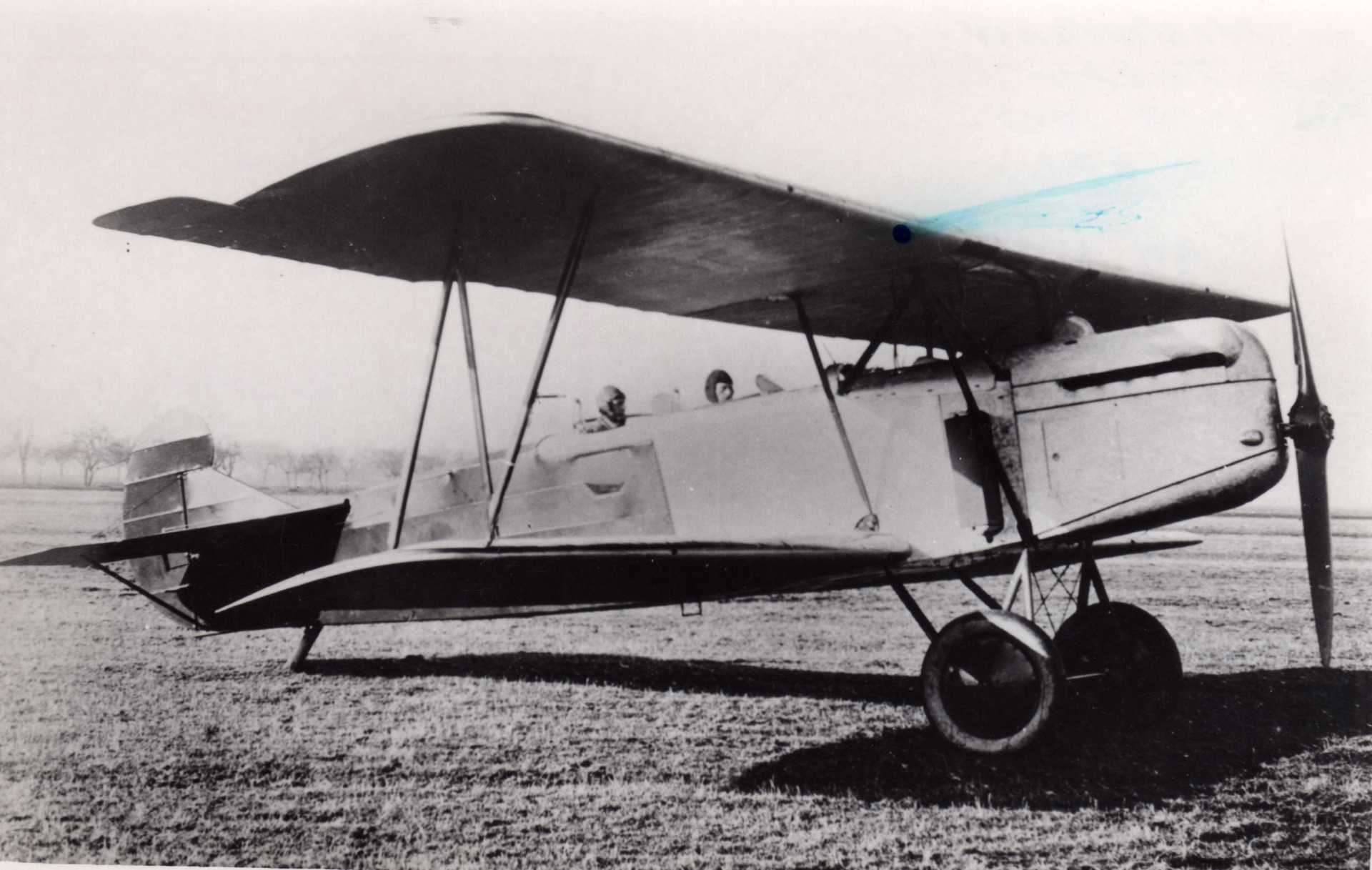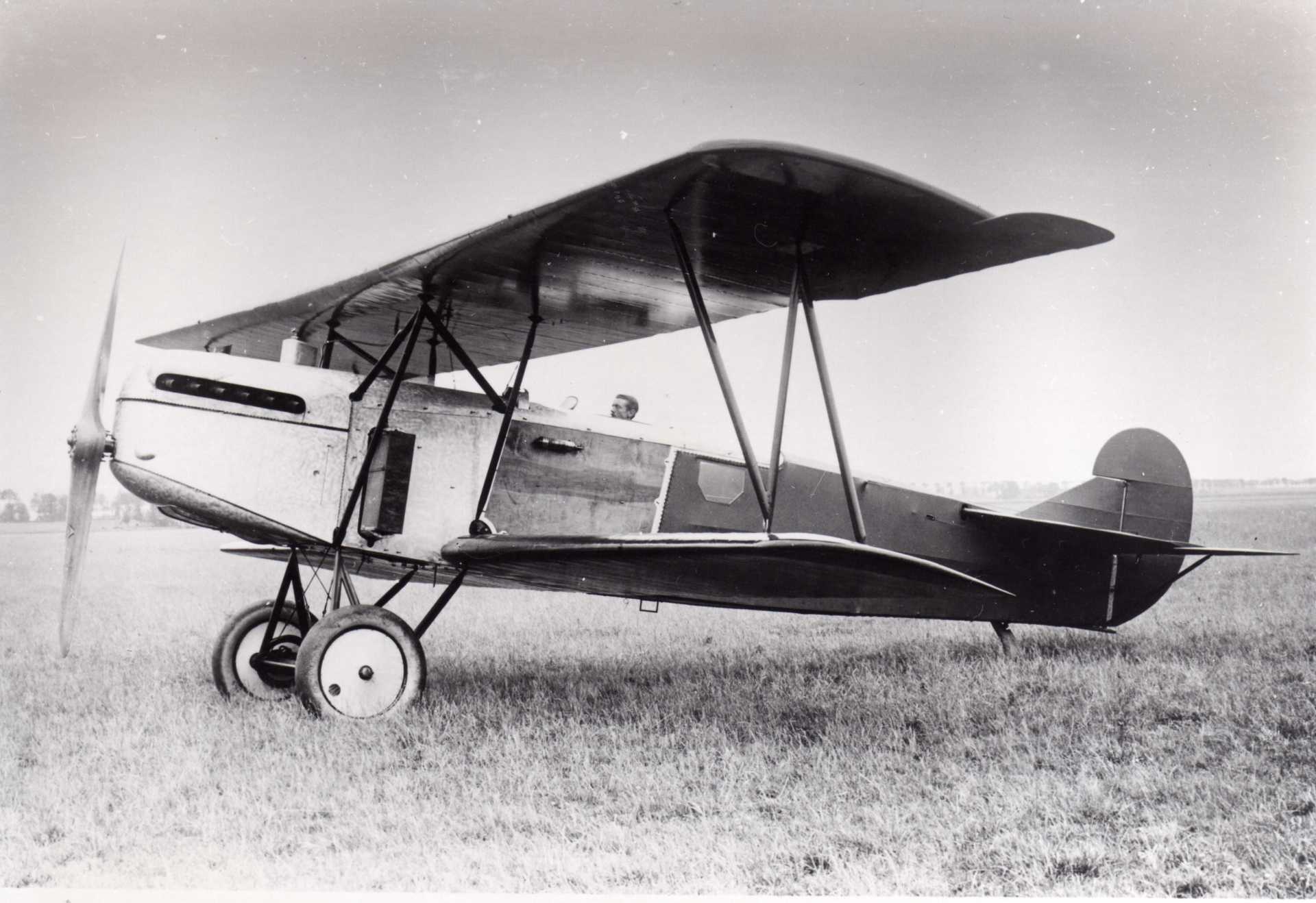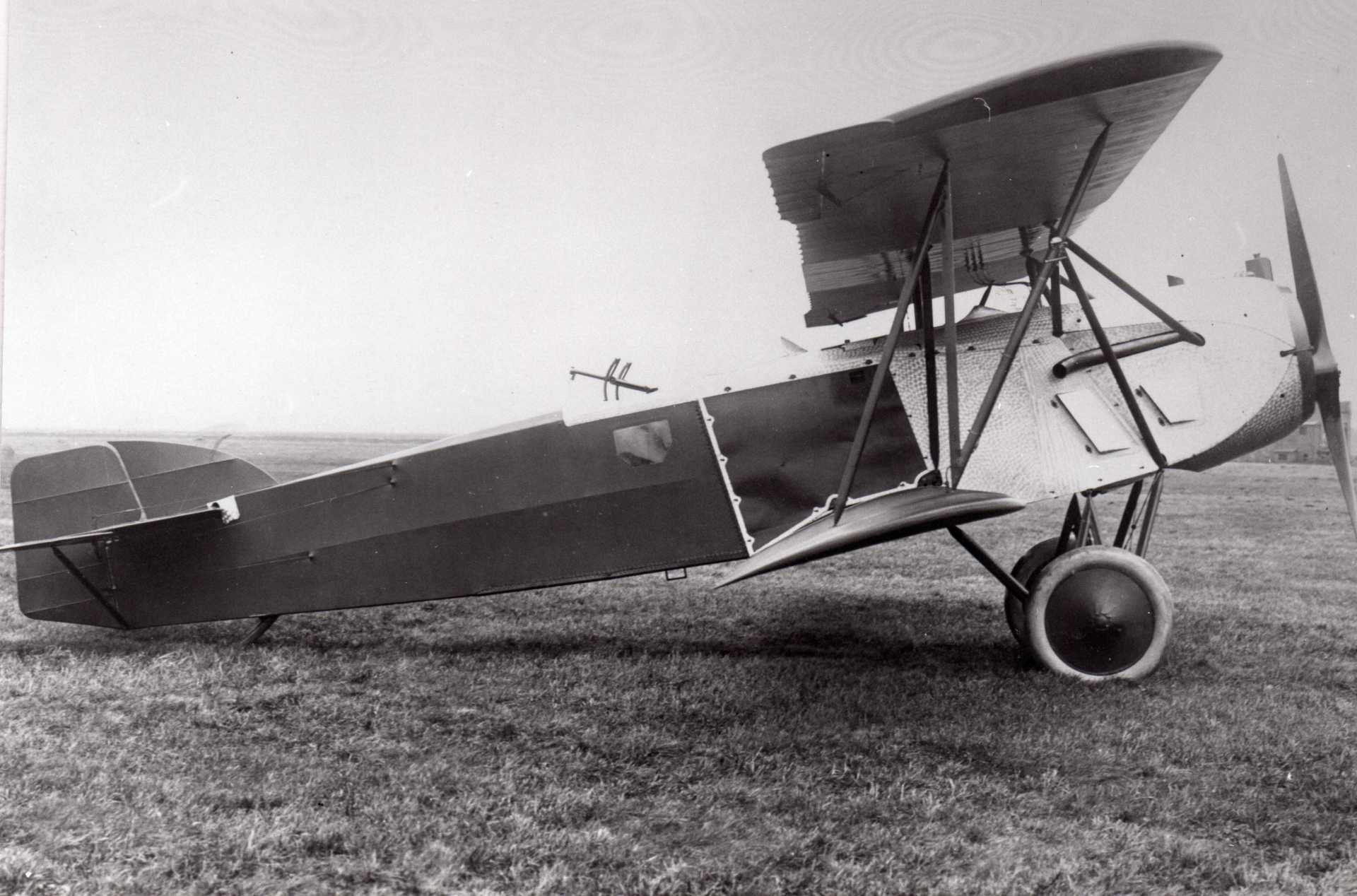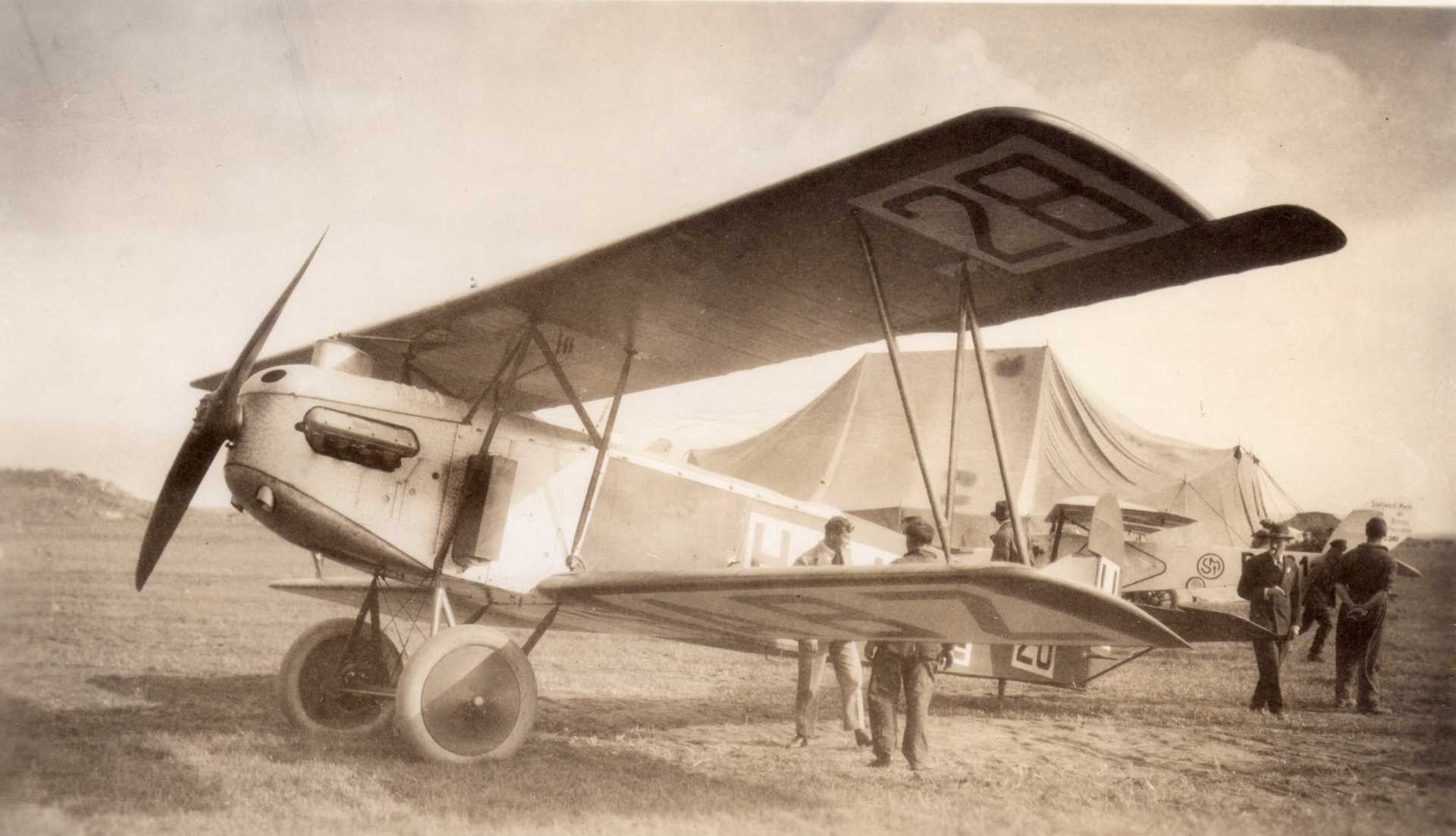Fokker C.IV
The Fokker C.IV is marketed for the first time in 1923.
Compared to the predecessor, the CI, it is a big change:
- The engines used in versions A, B, C, and W double the horsepower.
- The nose radiator are 2 retractable side radiators.
- The extra fuel tank between the wheels disappears.
- The armament consists of 2 fixed and 2 movable machine guns.
Al those variants are delivered to the Netherlands, the Dutch East Indies, Denmark, Spain, Hungary, the Soviet Union, Norway, Argentina and the United States.
The DCI is a further development of the C.IV and is also discussed here
The DCI is a further development of the Fokker C.IV A, B, and C.
The prototype H-NABZ was created in 1924.
The “D” stands for fighter and the “C” for scout.
Flyer Bertus Grasé shows the aircraft at the ILIS aviation exhibition in Sweden (the Internationella Luftfart Utställingen in Stockholm).
Only the LA-KNIL in the Dutch East Indies liked this aircraft. Ten will be purchased, registered as FD401 to FD410.
The D.C.I can also be regarded as a D-series Fokker. After all, it is also a fighter!
That is why we have decided to include the D.C.I with the D series as well.
You will find other photos there.

